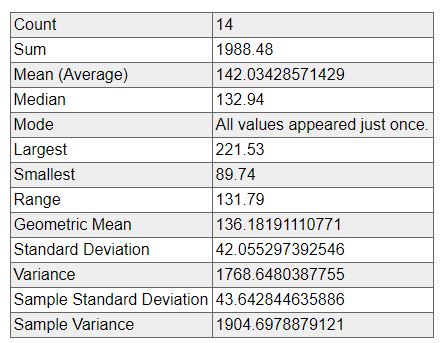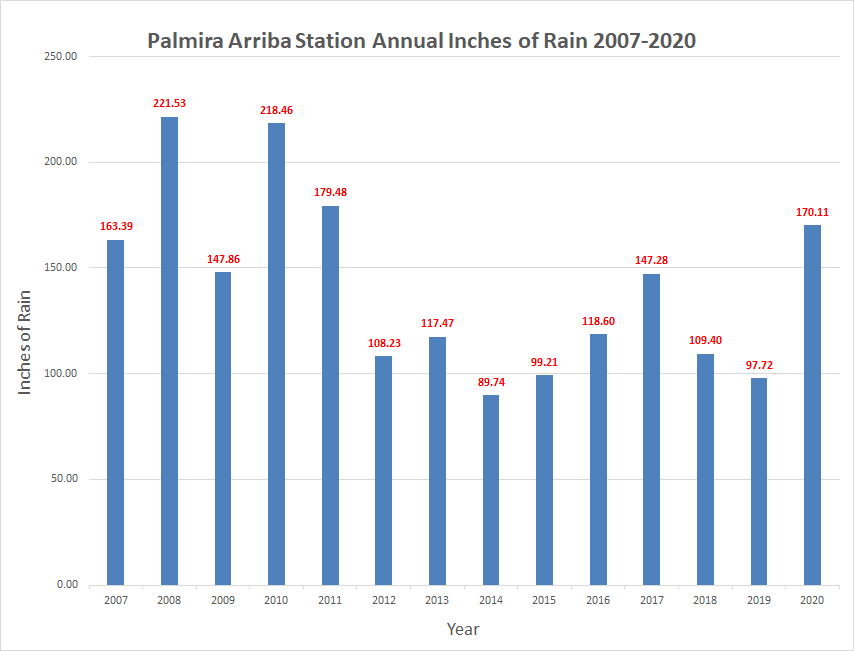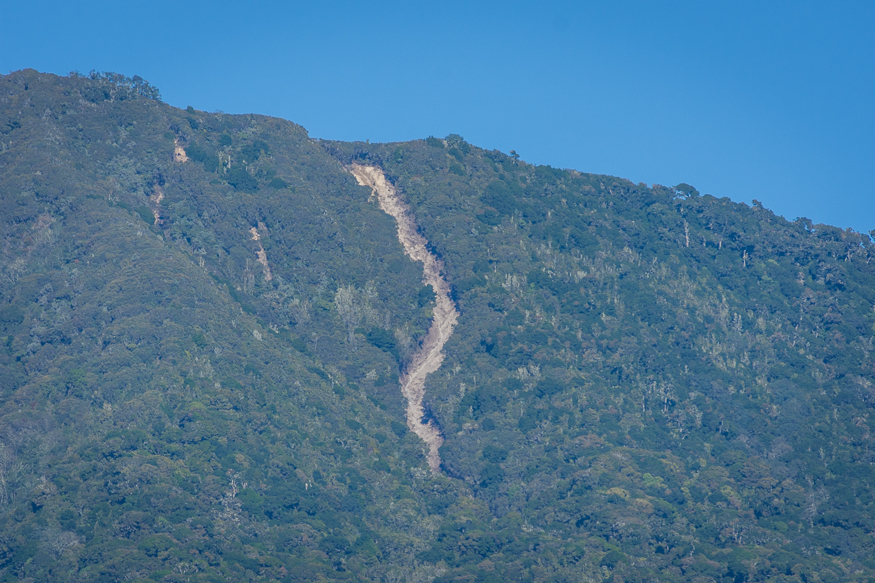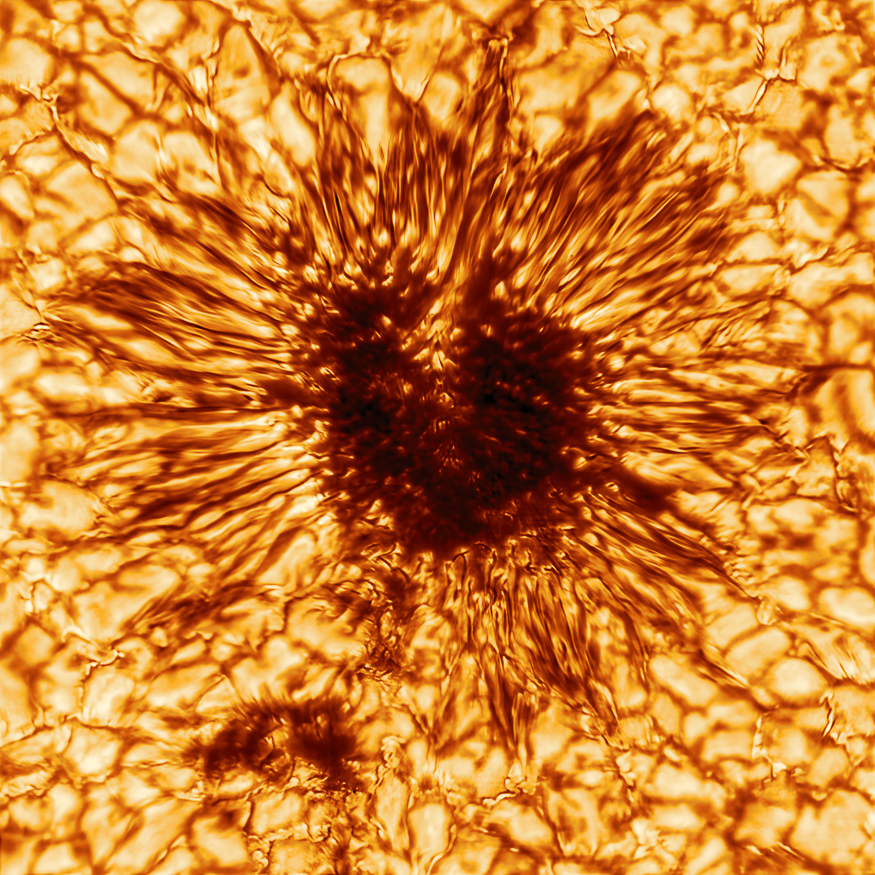| January 2, 2021 | No.141 |
December 2020
(Back Issues Here)
Happy New Year. We had 3.30 inches of rain at the Palmira Arriba Station in December of 2020. The reports from around the District of Boquete for December indicate a lot less rainfall in December than we had in November. In general the dry season is clearly coming upon us. The winds as usual have been increasing.
Rainfall for
December 2020 |
|||
Area |
Contributors |
December 2020 |
Total 2020 |
El Santuario |
Robert Boyd |
n/a | n/a |
| Barriade Las Flores | Bill Brick | 5.10 | n/a |
Jaramillo Arriba |
Steve Sarner |
8.03 | 188.93 |
| Jaramillo Arriba | Mark Heyer | 5.50 | n/a |
| Jaramillo Central | Dave Nichols | 6.04 | n/a |
Jaramillo Abajo |
Don Berkowitz |
6.94 | 223.98 |
Jaramillo Abajo |
Bobi McGann |
5.79 | 213.06 |
| Palo Alto | Nancy Pettersen | 11.43 | 151.18 |
El Salto Arriba |
Rodrigo Marciacq |
4.50 | 89.15 |
| Valle Escondido | Doug Remsen | 4.05 | 136.15 |
Brisas Boquetenas |
Austin Perry |
11.30 | 248.51 |
| Brisas Boquetenas | Richard Sturtz | 9.55 | 221.36 |
Los Molinos |
Sela Burkholder |
9.01 | 212.35 |
| Los Molinos | Fred Donelson | 8.65 | 189.73 |
| El Encanto (Volcancito) | Brian Baldwin | 4.23 | n/a |
Cerro Verde (Volcancito) |
Charlotte Lintz |
4.18 | 116.11 |
Santa Lucia |
Paula Litt |
3.05 | 156.84 |
| Caldera | Chris Mccall | 9.33 | n/a |
Lucero |
Michael Mullin |
5.33 | 261.57 |
Boquete Country Club |
Paul Arrandale |
3.61 | 200.92 |
Palmira Abajo |
Betty Gray |
3.80 | 181.23 |
Palmira Arriba |
Lloyd Cripe |
3.30 | 170.11 |
n/a = not currently available but will be posted when available |
|||
The highest amount of rain reported was by Nancy Pettersen in the Palo Alto area with 11.43 inches. A close second was reported by Austin Perry in Brisas Boquetenas with 11.30 inches. The lowest was reported by Paula Litt in Santa Lucia with 3.05 inches.
Here at the Palmira Arriba Station we had 3.30 inches of rain in December. This is basically a normal level with an average of 3.01 inches rain in December for the last 14+ years.
You can check out the data of our station over the past years for yourself. You can look at the tables in the Climate Section to see what rains we have had in the months of December over the course of 14 years as well as other weather variables.
The big questions is: How much rain did we get during the year of 2020? Did we get more or less compared to other years?
Here at the Palmira Arriba Station we had a total of 170.11 inches of rain for the year 2020. That is 14.2 feet of rain! That is a lot of water. Is it a normal rainfall year?
Based on the data we have collected at the Palmira Station over 14 years, the average annual rainfall has been 142.03 inches with a standard deviation of 42.06 inches. Our December 2020 total of 170.11 inches is a less than one standard deviation above the mean. So it is essentially within normal variation. Here are the statistics for annual rainfall at our station from 2007 through 2020 followed by a graph of annual rainfall. Note that the range of rainfall a year has ranged between 89.74 to 221.53 inches.
Rainfall Statistics at the Palmira Station for 14 years (2007-2020)


The latest ENSO Cycle Report is saying that "La Niña conditions are present...La Niña is likely to continue through the Northern Hemisphere winter 2020-21 (~95% chance during January-March), with a potential transition during the spring 2021 (~50% chance of Neutral during April-June)."
Here is a link to an good source for understanding El Niño. If you need some help with this, give this a read and you will learn a lot about this important weather phenomenon.
The IRI (International Research Institute for Climate and Society) (select South America from the Region menu) is predicting that parts of Panama will have a 60%-70% chance of increased levels of precipitation for the months of January-February-March 2021 (green and blue areas).
.gif)
ETESA's hydrology and meteorology section is predicting that Chiriqui will generally have normal levels of precipitation in January of 2020 with a few areas with above normal. You can read their report and check out the details in the "documents" section at this link.
In November, as a result of the rains from Tropical Storm and Hurricane Eta, there was a significant landslide on the east-southeast side of Volcan Baru. Below is a photo taken in December from our finca in Palmira Arriba. You can see more photos of the November landslide at this link.

Prior to moving to Panama in 2005, one of my main hobbies was amateur astronomy. I basically gave up this hobby here in the highlands because of poor viewing conditions (clouds and winds). Regardless, I always keep my eye out for interesting astronomy events.
Several interesting astronomy events came our way in December. On December 21, 2020 shortly after sunset looking to the west a very close conjunction of Jupiter and Saturn was visible to the naked eye, but it was especially well seen through binoculars and a spotting scope. You could clearly see each of the planets and some of their moons. Through our spotting scope you could vaguely see Saturn's rings. We will be long gone from the planet when this close of a conjunction occurs between these planets again. Read more about it here.
Two other astronomy matters came by way of the news in December.
On December 3, 2020 the first photo of a sunspot from the Inouye Solar Telescope was released. This telescope and the resulting image is an amazing human accomplishment. Read and think about it. Wow! This is hot stuff! You can click on the image to enlarge it.
The Orion Nebula is one of the most beautiful objects visible at night to the naked eye and spectacular in even a small telescope. I have spent many hours observing it. Hubble images of this area of Orion have been spectacular. The other astronomy news event was a new photo of the Orion Nebula taken in combination with the Hubble Space Telescope and the Spitzer Space Telescope released on December 30, 2020. The image is entitled "Chaos at the Heart of the Orion Nebula." Your can read about it here.
Good news is that fortunately, vaccines are now being released to help prevent the survival and spread of COVID-19 virus. It will take some time before massive supplies are available for the inoculation of the majority of humans, but this is a start and a dim light at the end a long painful tunnel. In the mean time we must be cooperative and continue being careful.
The bad news is that unfortunately, the Pandemic still continues and will probably spread for many months until vaccines can be adequately implemented. At the moment the worldometer reports 85,939,245 cases in the world with 1,858,045 deaths and 60,831,483 recovered cases. The USA has 21,244,613 cases with 361,367 deaths and 12,620,138 recovered cases. They report 253,736 cases in Panama with 4,140 deaths and 201,816 recovered cases. Despite the hopeful vaccines, the pandemic is likely to get worse over the next few months before we can hopefully get on top of this.
The rains have subsided but we will probably get occasional rains in January and there will be plenty of Bajareque in the north of the Boquete District as well as winds throughout the District. A positive side of this is that with rhe Bajareque spray, we often see some beautiful spectacular rainbows. Here is a link to one we saw in the early morning sunlight over Volcan Baru to our north on December 19, 2020.
Keep the umbrellas handy and don't forget to keep them aimed into the wind. You can count on the winds increasing this month.
MONITORING CORONAVIRUS STATUS LINKS
Lloyd Cripe


